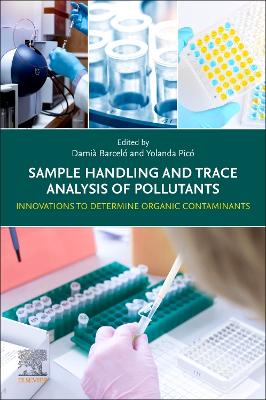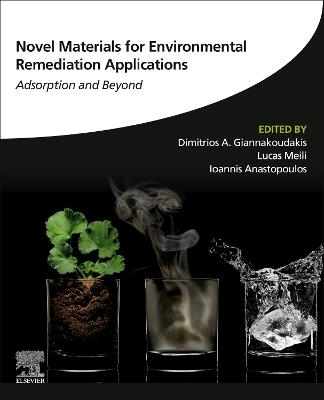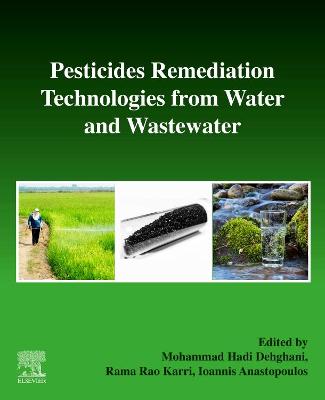Emerging Contaminants in the Environment
 -10%
portes grátis
-10%
portes grátis
Emerging Contaminants in the Environment
Challenges and Sustainable Practices
Sarma, Hemen; Dominguez, Delfina C.; Lee, Wen-Yee
Elsevier - Health Sciences Division
01/2022
712
Mole
Inglês
9780323851602
15 a 20 dias
1470







